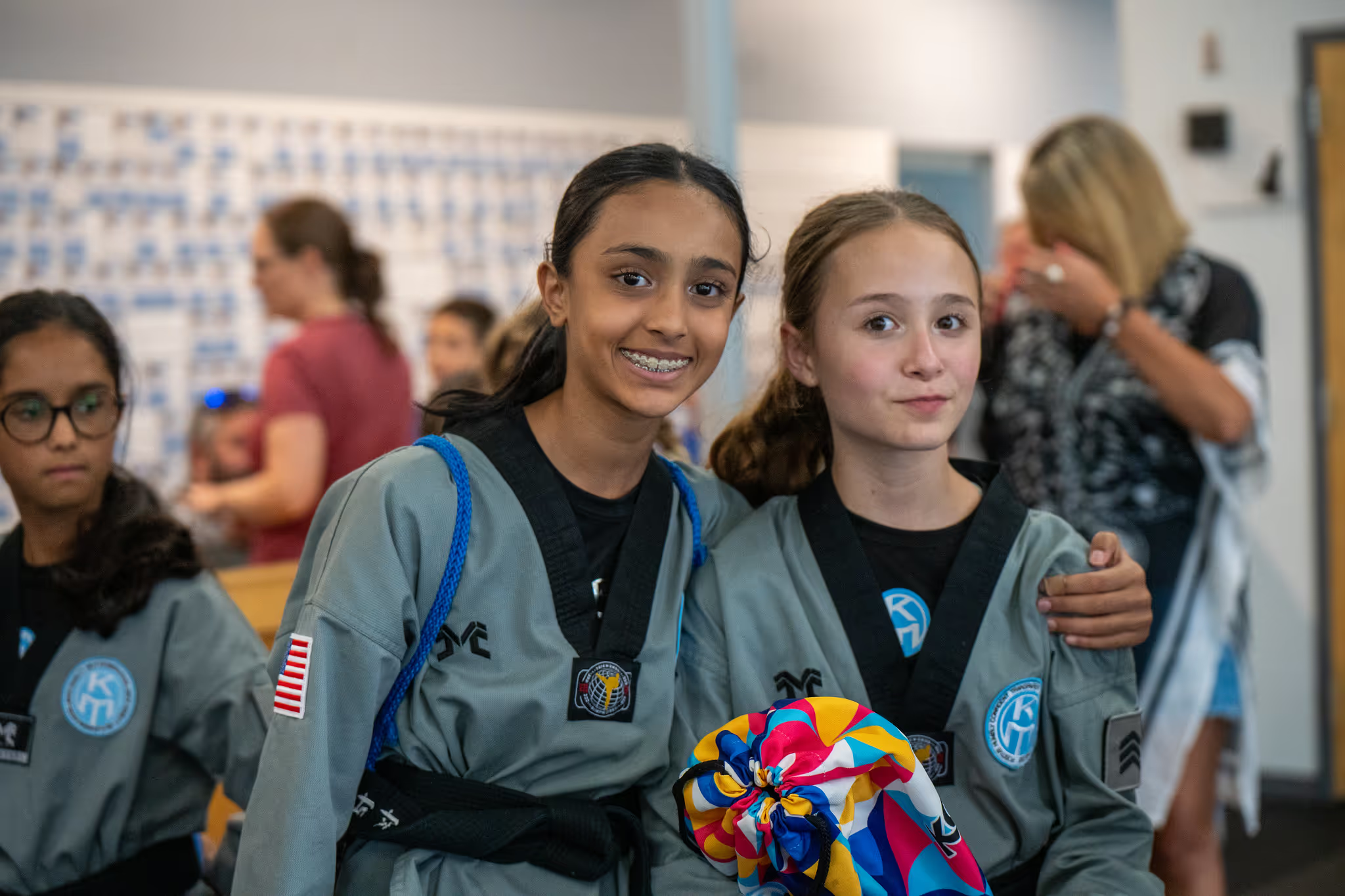Given the endless media streams from devices like smartphones, iPads, and iPods, it’s no surprise that children today seem less focused than kids 30 years ago. However, trying to force them to sit still is not the solution. The opposite is more effective. Children who are more active throughout the day show better focus, better mental clarity, and memory.
The more active children are the better they learn, particularly for students with special needs. We asked Marena Mitchell, founder of Bringing Therapy Home, for her insights on how to incorporate more physical activity for students with special needs.
Why do you think movement-based learning is beneficial for children with special needs?
Gross motor skills are an essential component within a child's development. All children need opportunities to explore and engage in activities that encourage them to be successful, but, at the same time, challenge them to try and do things that are unfamiliar. As children engage in movement-based learning, they have the opportunity to problem solve, communicate preferences, communicate dislikes, regulate actions, engage in interactions with others, and increase attention to a task.
Children with special needs should be given opportunities to engage in movement-based activities that allow them to demonstrate mastered skills. Engaging in mastered gross motor activities increases overall confidence in themselves. At the same time, they should be given opportunities to engage in activities that challenge them - this provides an opportunity to increase their ability to feel successful as they increase a specific motor skill.
How do you incorporate movement-based learning at BTH?

We focus on the individual child by incorporating their interests into an activity. We have a gross motor room that encourages children to engage in social interactions with others through gross motor activities - they can jump on a trampoline, rock back and forth in a rocking boat, go down the slide, climb up the slide, push themselves up and down on a see-saw, walk along a balance beam, climb through a tunnel, throw balls into a ball pit, throw balls back and forth with friends, or create an obstacle course using the items we have within the space.
We often play music and encourage the children to dance - our goal is for children to feel good about what they can do, while also engaging in activities that may feel less comfortable.
We encourage children to share their ideas on how we can move within the space. Kids are great at creating games - even if verbal language is limited, we can observe a child and create a routine based on what they are interested in.
How can parents better motivate their child with special needs to be active? What are some things they can do at home and in the community?

Kids often imitate what they see in the home and community setting. When children see their parents engage in physical activities, they often engage in the physical activity too.
One of our biggest recommendations for families is to dance - find a song the child loves and dance! Children love to see their parents dance - you don't have to be a skilled dancer - the goal is to laugh and have fun with your child - all through movement.
We also encourage families to act out a story from a book. You can act out a character, such as an animal or act out the verb - such as running, jumping, walking, etc. Find a concept on the page and find a way to turn it into a motor activity.
Get outside - this can be in a backyard or a park. Explore the space together. All movement is beneficial to children.
What are some suggestions you have for physical activities for children with special needs to make it productive and beneficial?

We often recommend following the child's lead. What are they interested in? What skills has your child mastered? Give them a space that is safe to explore.
By providing a safe space, following their lead, and starting with mastered skills, the child will be interested, feel good about the activity, and it encourages them to expand on the skills they have mastered. As the child masters skills, you can begin to expand on the skill by adding complexity.
What are some goals that people should set this next year to get their children more active?
To make physical activity a priority, naturally embed it into a daily routine. This allows it to feel less overwhelming. Have a dance party after dinner. Go for a family walk on Saturday mornings.
Find a time within each day where physical movement is the emphasis. Remember, it doesn't have to be an activity you have planned - as long as you and your child are engaging in an activity together, it will be beneficial to the child's development.
We believe that all students can develop physically, emotionally, and socially through movement-based learning, and that it is important to provide a safe space for them to explore and grow. With these insights, we hope that there are more inclusive ways for students with special needs to be more active at home, at school, and in the community.





